6. Zeppelin (1971)
Body Count: Four Fatalities
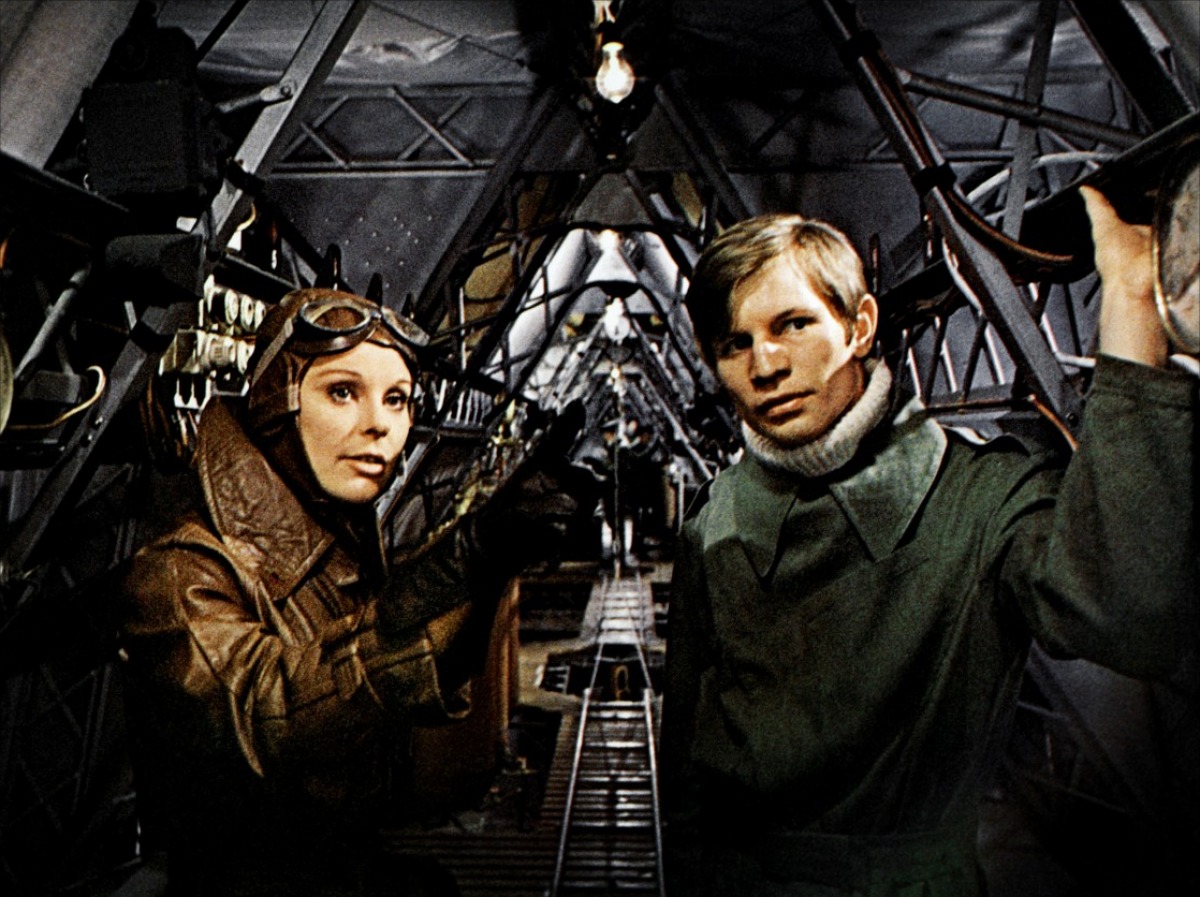
This wacky World War I action-comedy revolved around a gaggle of German soldiers who sought to steal the Magna Carta … in a gigantic, hydrogen-filled balloon, naturally.
The laughs turned to tears, however, when a biplane flew into a helicopter during filming. The collision over the Irish Sea killed assistant director Burch Williams, cameraman Skeets Kelly and Gilbert Chomat and Jim Liddy, the pilots of both crafts.
5. Delta Force 2: The Colombian Connection (1990)
Body Count: Five Fatalities
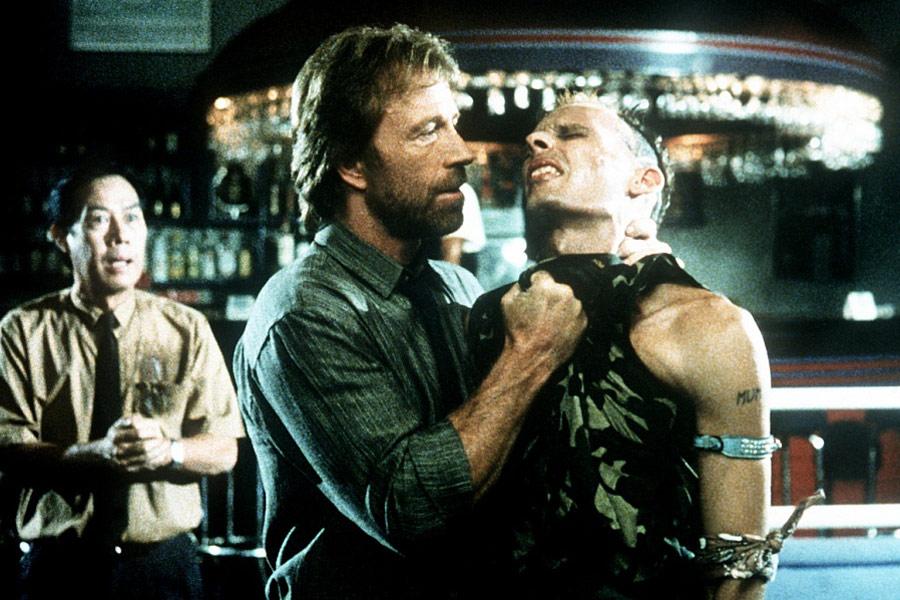
Yet another Cannon-financed Chuck Norris B-movie action romp, and sadly, yet another multi-fatality helicopter accident. While filming in the Philippines, the pilot of a chopper carrying eight other people lost control and crashed into a ravine on May 17, 1989. All but four of the passengers – incidentally, all of them American crewmen – died in the accident.
4. Such Men Are Dangerous (1930)
Body Count: 10 Fatalities
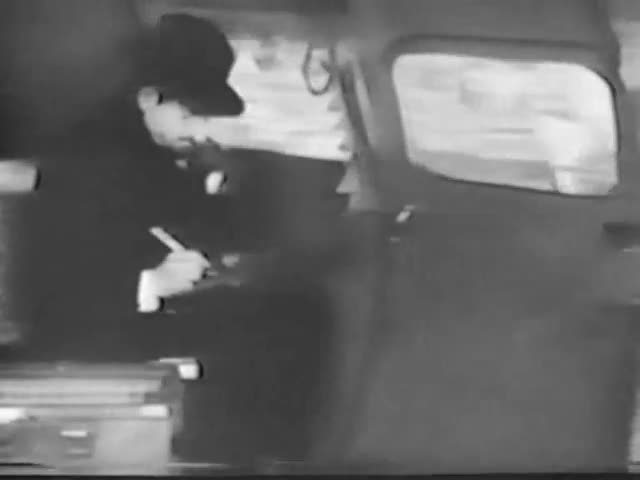
This drama helmed by Kenneth Hawks – yes, brother of Howard Hawks – more than lived up to its namesake. A grand total of 10 cast and crew members were killed when two camera-planes collided near Santa Monica, California, during filming on Jan. 2, 1930.
Among those who perished in the accident included cinematographer Conrad Wells, assistant director Max Gold, D.P. George Eastman, two cameramen, both pilots and Kenneth Hawks himself.
3. The Messenger (2002)
Body Count: 43 Fatalities
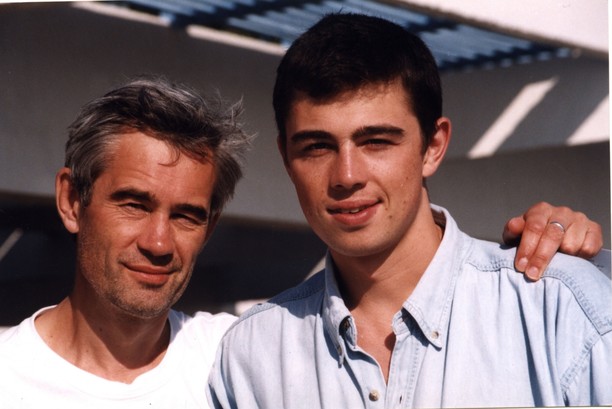
This bizarre Russian film – about a man on a wild goose chase to find a drug dealer with supernatural powers – was shot on location in the Karmadon Gorge in Georgia (the one in former Soviet territory, not the one next to Florida.)
On Sept. 20, 2002 – just the second day of filming – the Kolka glacier collapsed, triggering a massive avalanche that buried the cast and crew of the film alive. In all, 43 people working on The Messenger were killed in the natural disaster – including the film’s leading actor and director, Sergei Bodrov, Jr.
2. The Conqueror (1956)
Body Count: at least 46 Fatalities
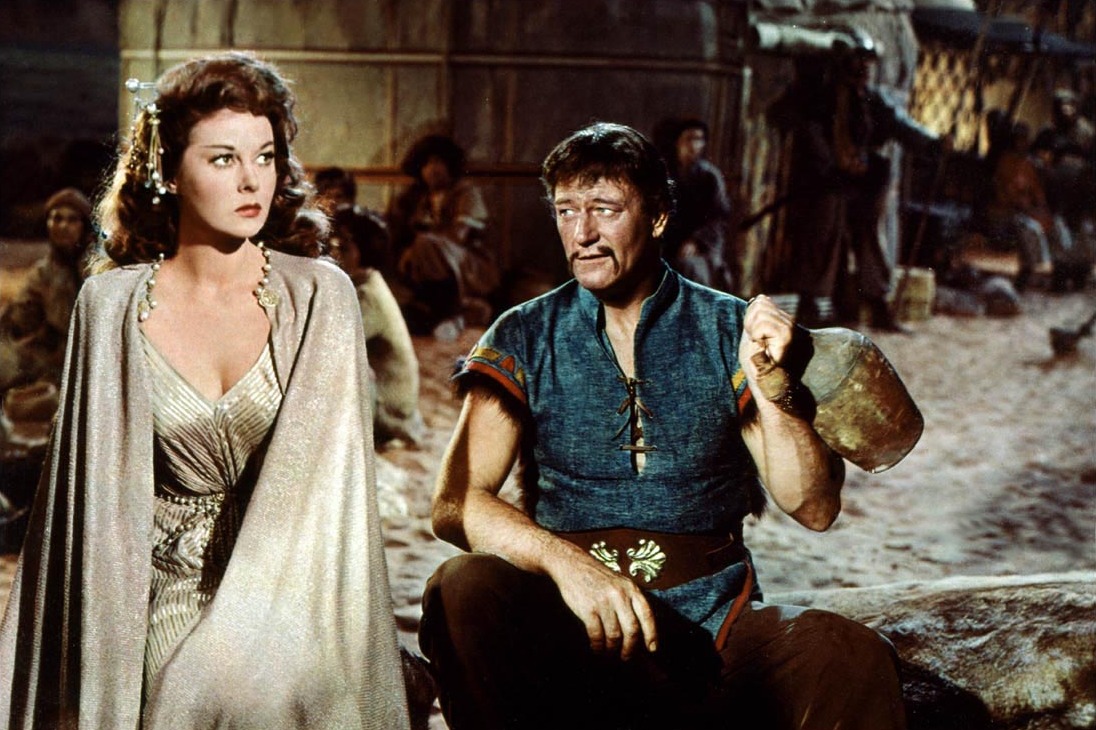
While no one literally died on set during the making of this infamous box office dud, the ramifications of filming almost certainly resulted in dozens and dozens of premature deaths. By now, the story of The Conqueror – a wannabe epic starring John Wayne as Genghis Khan – has become the stuff of legend. The movie was shot in St. George, Utah, which – unfortunately – was a good 130-or-so miles downwind of a nuclear bomb testing site in Nevada.
Long story short, the set was practically radioactive, and as a result, more than 90 people involved with the production developed cancer by 1981. In total, 46 people on set died from the disease within 15 years of filming, including director Dick Powell and actors John Wayne, Susan Hayward and Agnes Moorehead.
1. The Sword of Tipu Sultan (1990)
Body Count: 62 Fatalities
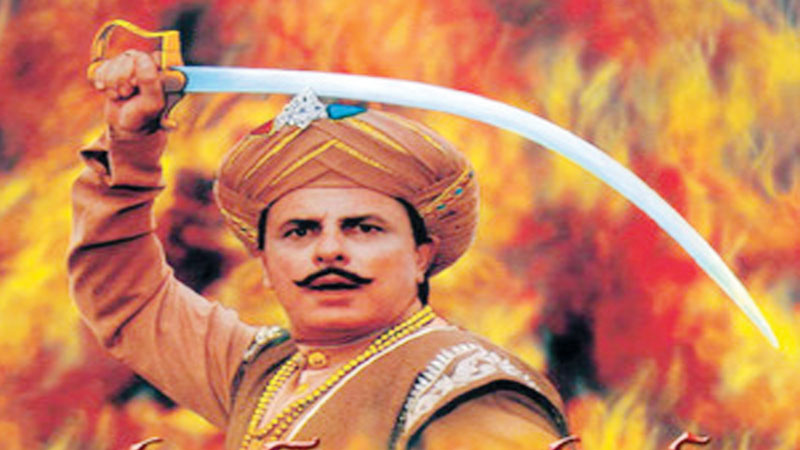
The Sword of Tipu Sultan was an epic made-for-TV drama that revolved around the life of 18th century Indian king Tipu Sultan. While the gargantuan production did draw rave reviews once it finally hit the airwaves in 1990, it will always be remembered for a most dubious distinction – that being, the most on-set deaths in the history of motion pictures.
On Feb. 8, 1989, a massive conflagration broke out at the Premier Studios in Mysore. A lack of fire extinguishers, flame-retardant building material and adequate ventilation – in tandem with cramped hallways stuffed with hyper-flammable burlap sacks and exposed camera and lighting wiring – created the perfect conditions for an inferno, as 62 people were burned alive.
The director and lead actor of the film, Sanjay Khan, managed to escape the blaze, but not without incurring severe burns – indeed, he purportedly underwent more than 70 surgeries over a 13 month period following the blaze. Meanwhile, the families of those who died in the fire were awarded 5,000 rupees each – roughly the equivalent of $74 per victim in 2017 U.S dollars.
Author Bio: James Swift (@UNJournalism) is an Atlanta-based writer and reporter whose work has been published by the Juvenile Justice Information Exchange, Youth Today, the Center for Public Integrity, the Marietta Daily Journal, AOL, Thought Catalog, The Roswell and Alpharetta Neighbor, The North Fulton Business Journal and the Journal of Blacks in Higher Education. His multimedia project “Rural America: After the Recession” received acclaim from both the Community Action Partnership and the Casey Journalism Center on Children and Families, and in 2013, he wrote the foreword for Jan Banning’s “Down and Out in the South.”